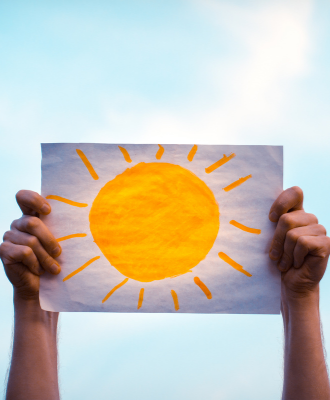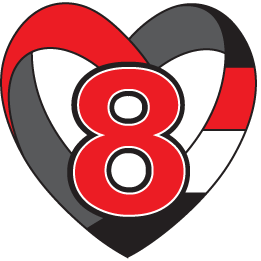
Tips & Tools
Managing your anxiety
Tips for Managing Seasonal Affective Disorder (SAD)

Winter is here, we all know that means the sunlight goes away earlier and earlier. For many people, this time of year is extremely difficult. Many of us experience what has been nicknamed “Seasonal Depression,” but is officially recognized as Seasonal Affective Disorder, or SAD.

SAD is a mood disorder with symptoms similar to depression: fatigue and exhaustion, irritability and agitation, difficulty focusing, difficulty sleeping, negative thoughts, and more. The difference is that, unlike depression, SAD appears at specific times of the year and disappears at others. Typically SAD appears in the fall and winter months, and it’s suggested that SAD may be more likely the farther north you live in the world (like Canada).
Although SAD is a tough thing to go through every winter, it’s important to remember that you’re not alone! So many young adults experience SAD, but luckily there are many ways to manage it and support your well-being this winter.
- Get outside and move your body! Nature is a great way to boost your serotonin, and getting outside is a surefire way to get some real sun!
- Try light therapy. If you can’t get real sunlight, a lightbox is the next best thing. Sit by it for 30-60 minutes while you practice other forms of self-care for maximum benefits!
- Talk to someone and keep in touch with others. Sometimes you just need a little bit of extra support, whether that’s from a friend, a loved one, or a therapist. You’re never alone!

In addition to these three tips, there are other lifestyle adjustments you can also make to help manage anxiety and depression this winter. Vitamin D deficiency is thought to be linked to depression, so if you can’t get out in the sun, try a supplement (be sure to consult your healthcare practitioner)! Practicing good sleep hygiene is another positive way to manage your anxiety and depression. Read about these tips and more in our other article “Unleashing the Light.”
Winter brings a lot of darkness, which can be really difficult. By implementing these tips, taking care of yourself physically, asking for help if you need it, you’ll be challenging SAD head-on — you’ve got this!
References:
Deering, Shelby (2019). Fight Off Seasonal Depression with These 7 Affordable Essentials. Healthline. https://www.healthline.com/health/cheap-things-help-seasonal-depression-sad
Galima, Samuel V., Stephen R. Vogel, and Adam W. Kowalski. (2020). Seasonal Affective Disorder: Common Questions and Answers. American Family Physician, 102(11). 668-672.
Melrose, Sherri. (2015). Seasonal Affective Disorder: An Overview of Assessment and Treatment Approaches. Depression Research and Treatment, 2015, 1-6. https://doi.org/10.1155/2015/178564
Seasonal affective disorder (SAD). (n.d.). Mayo Clinic. https://www.mayoclinic.org/diseases-conditions/seasonal-affective-disorder/symptoms-causes/syc-20364651
- All
-
29 Nutrition
Nutrition
- 73 Mindfulness and Relaxation
- 27 Student Life
- 8 Exercise
- 51 Treatments & Therapies
- Anxiety Resources

Don't see what you're looking for? Send us an email!
©Copyright 2024 Cam’s Kids powered by Kids Help Phone
Not-for-Profit Organization. B/N: 921508-5
Thanks for visiting Cam's Kids. Please remember...
Cam's Kids is not a service provider.
If you are in crisis, please call 911 or go to your nearest emergency department. For free, confidential counselling, contact Good2Talk or Kids Help Phone.
Post-secondary students: find your local crisis resource here.

